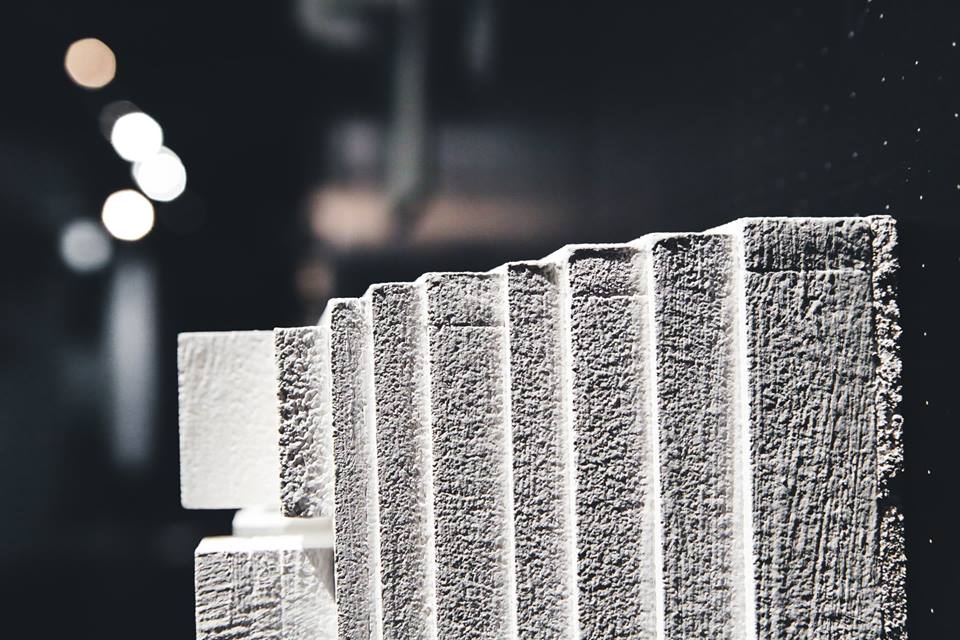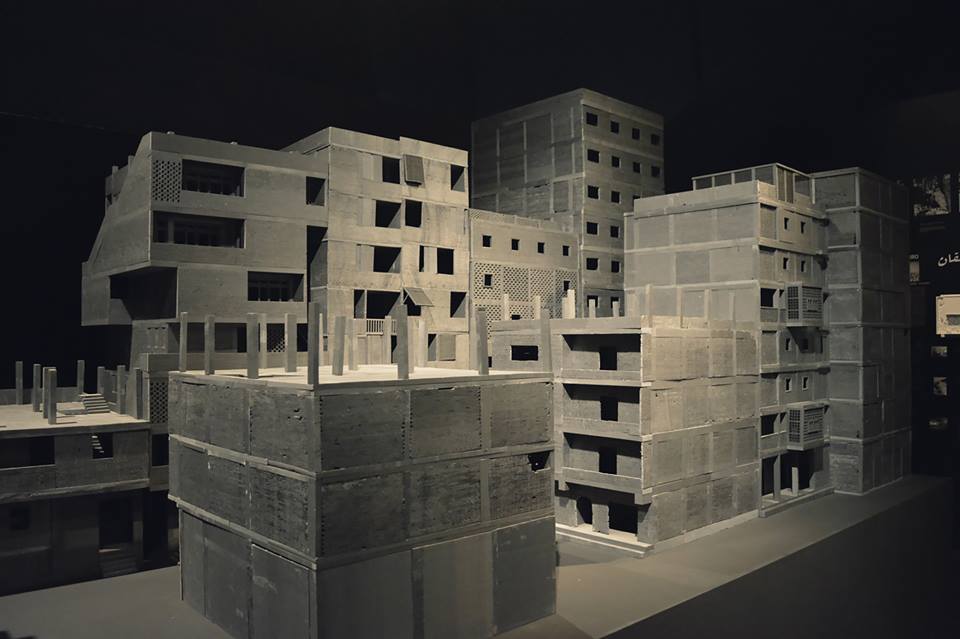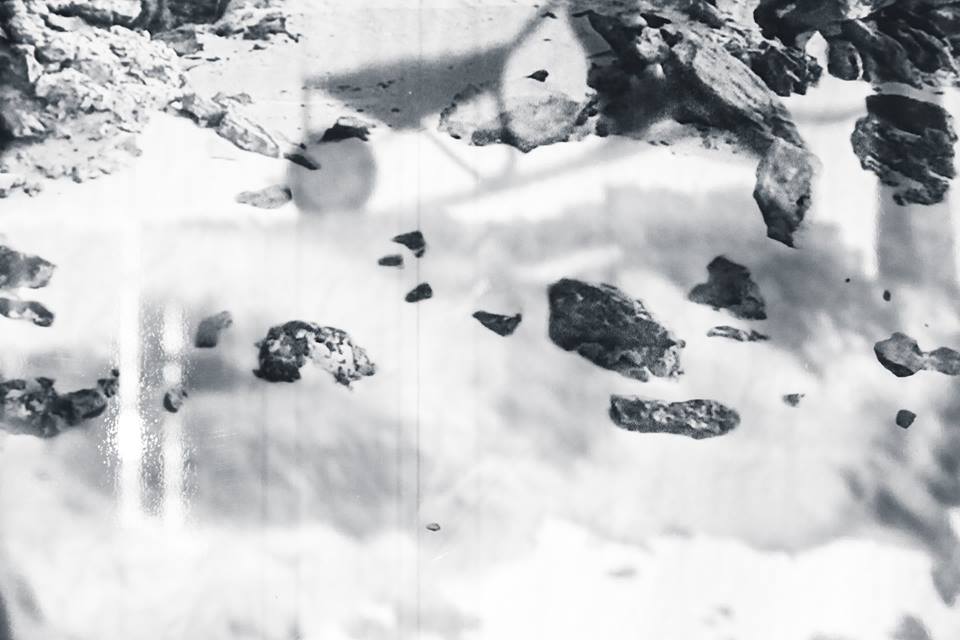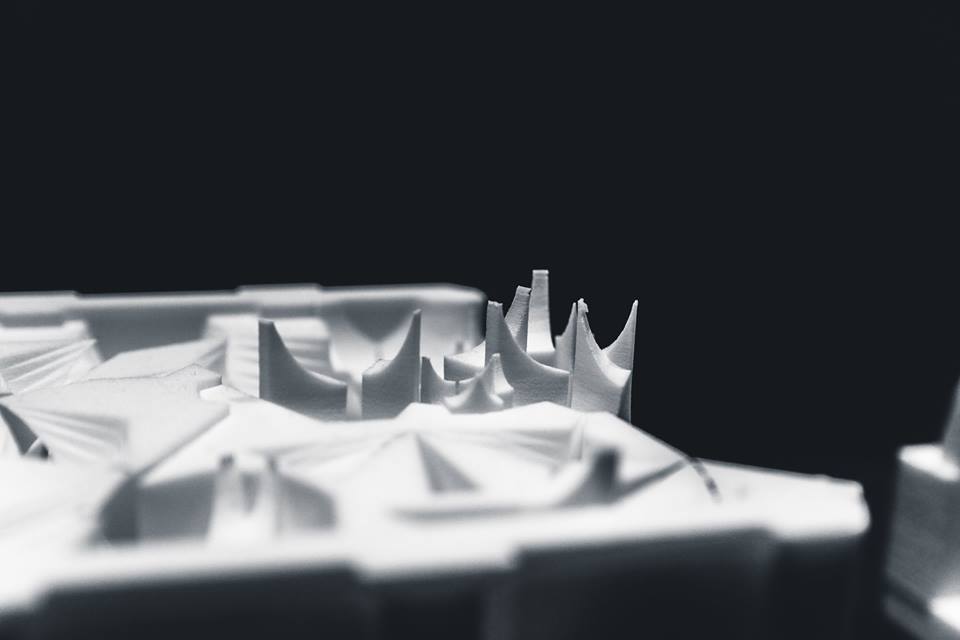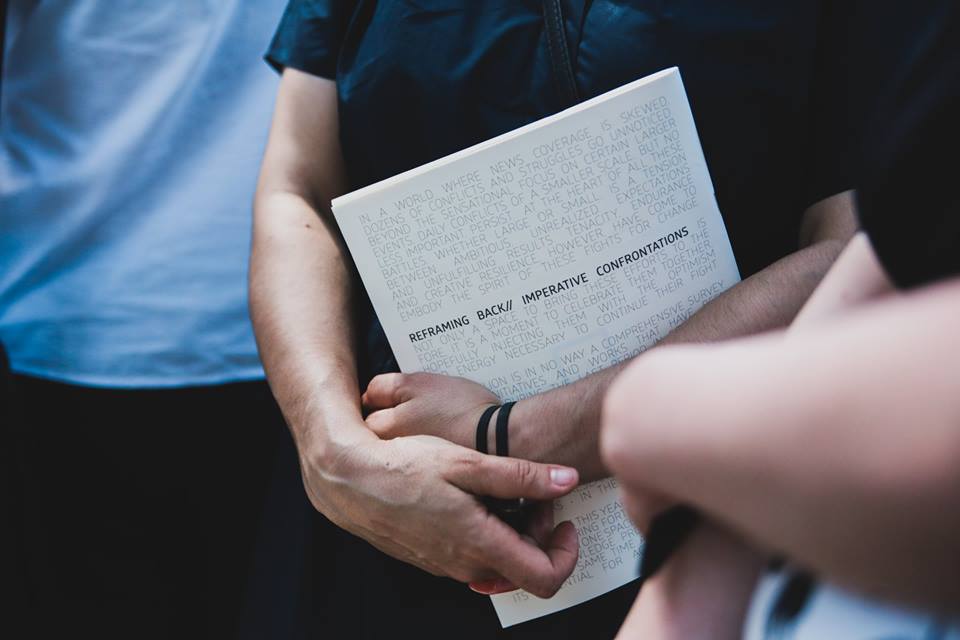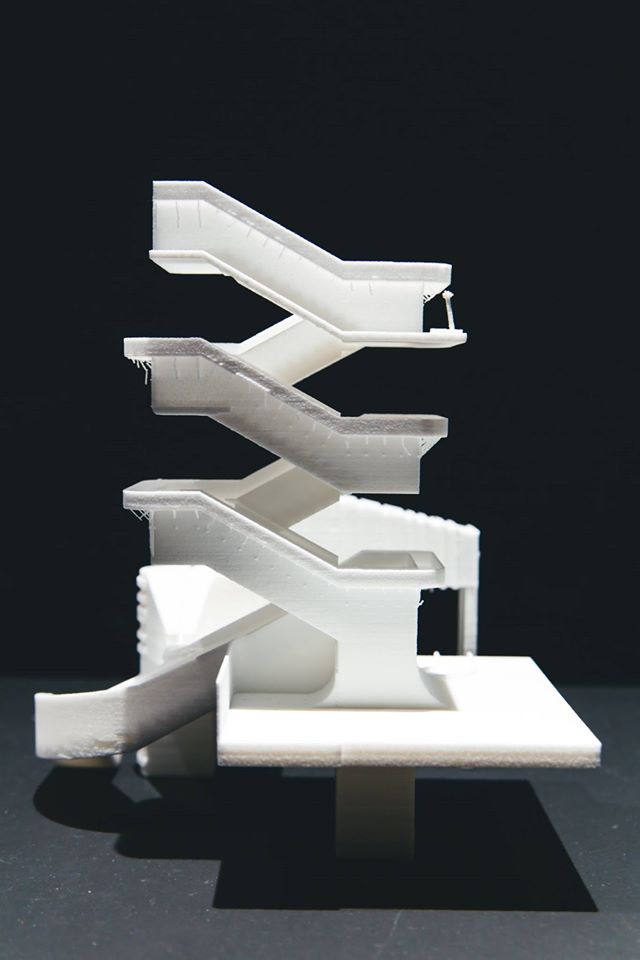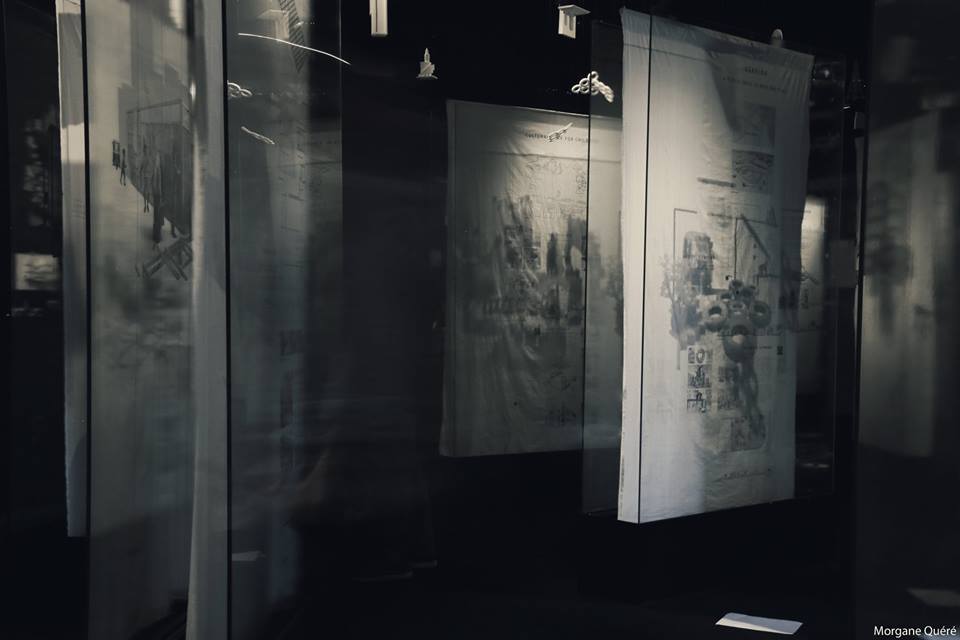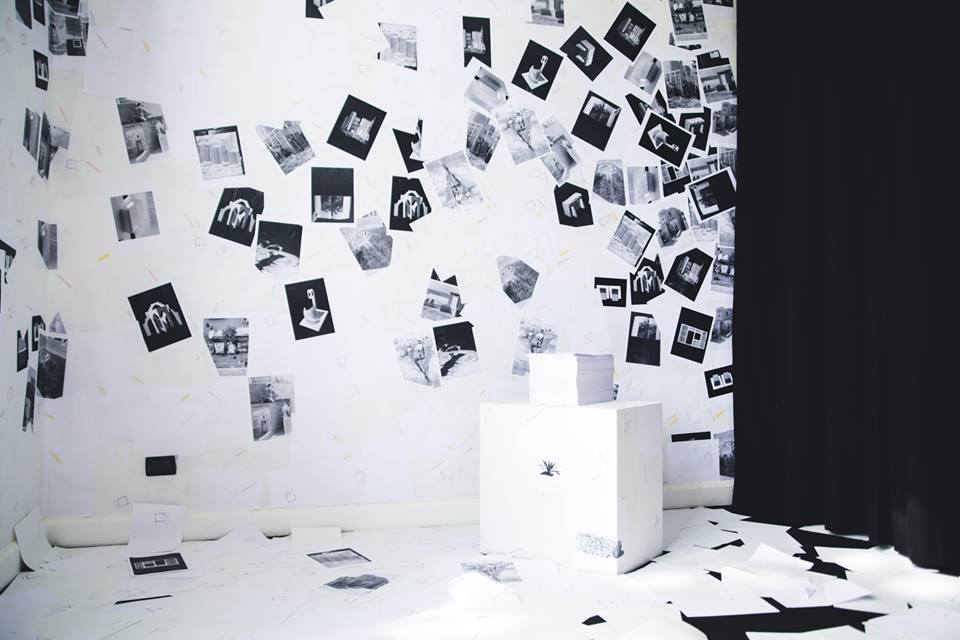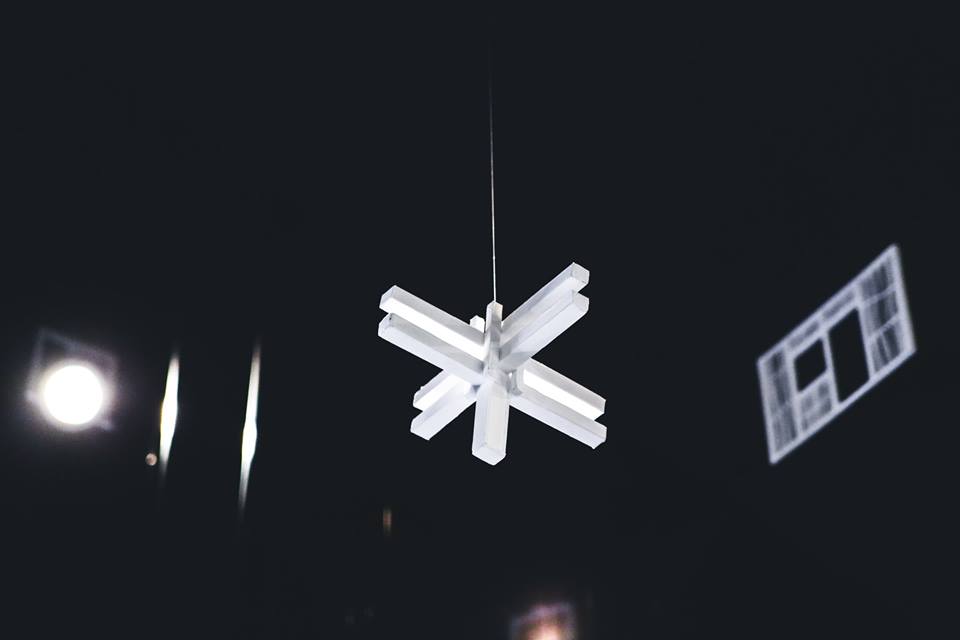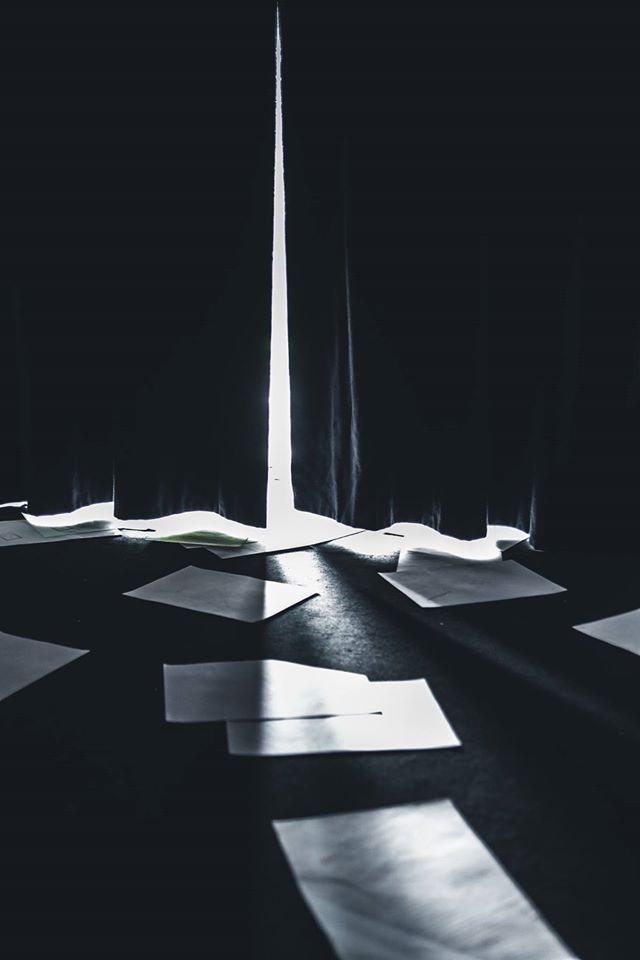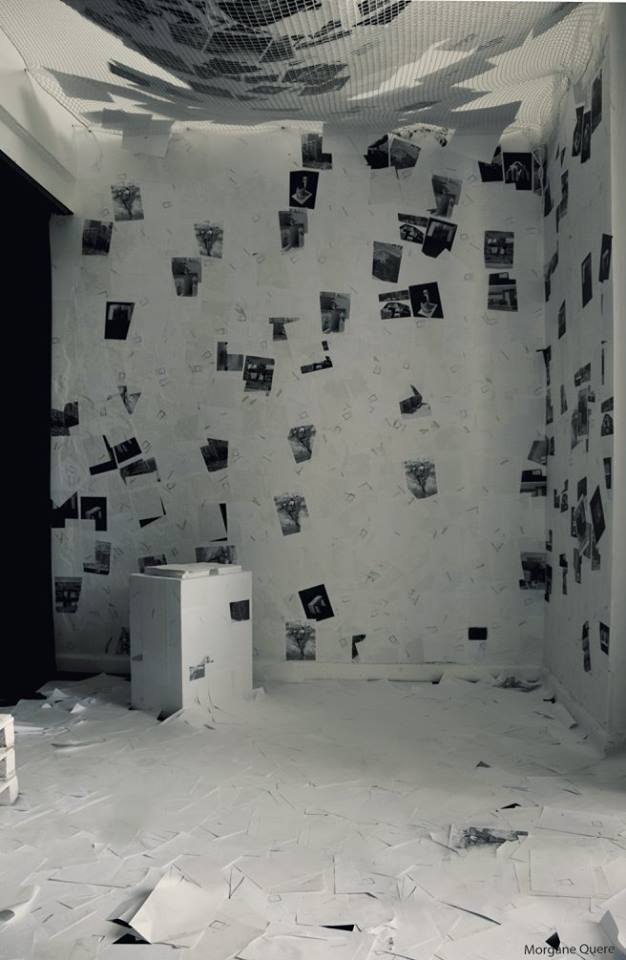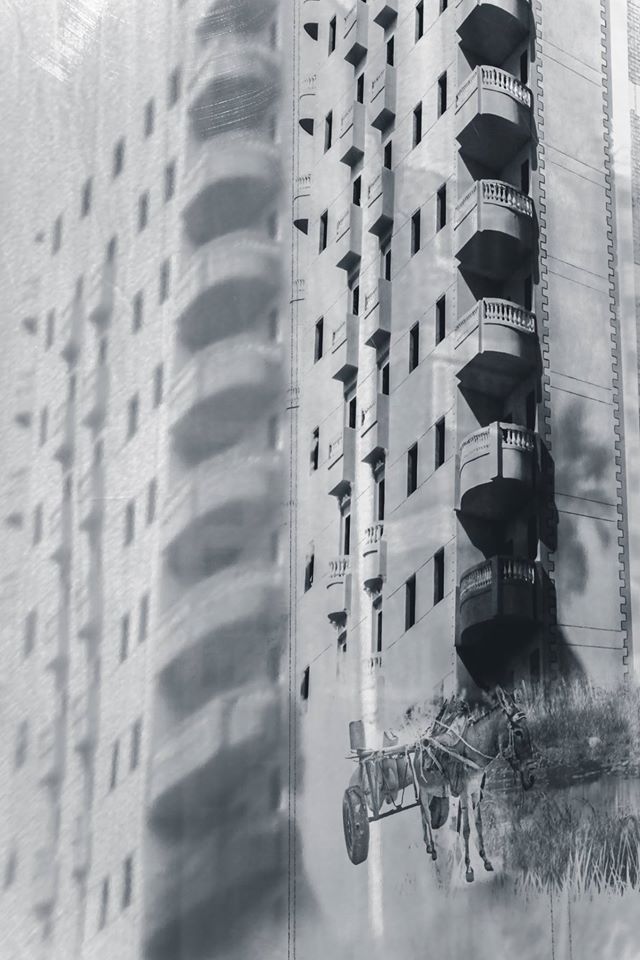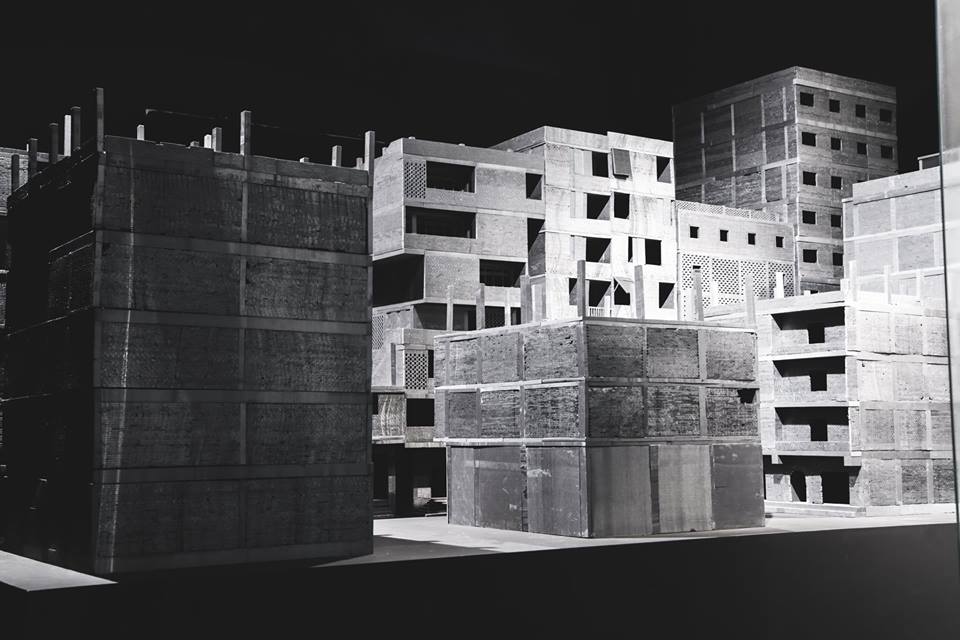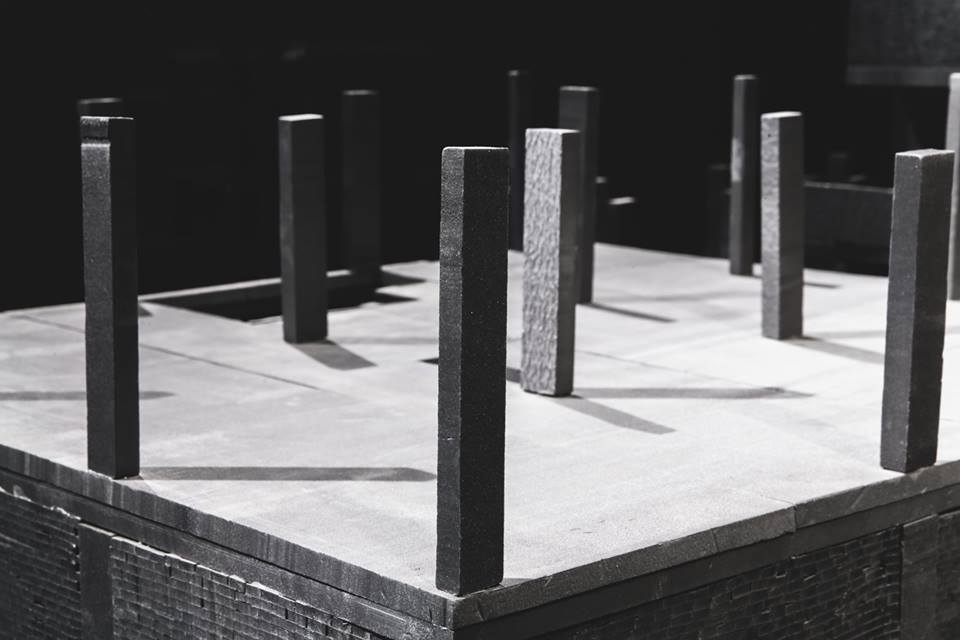RBIC of the Egyptian pavilion commissioned by Ahmad Hilal with a curatorial team of Eslam Salem, Gabriele Secchi, Luca Borlenghi and Mostafa Salem, seeks to reveal various successful stories of architecture narrating the difficulties and challenges inside the Egyptian built environment. Hoping through the pavilion to go beyond the question of “What is the story about?” to “How was the story written?”
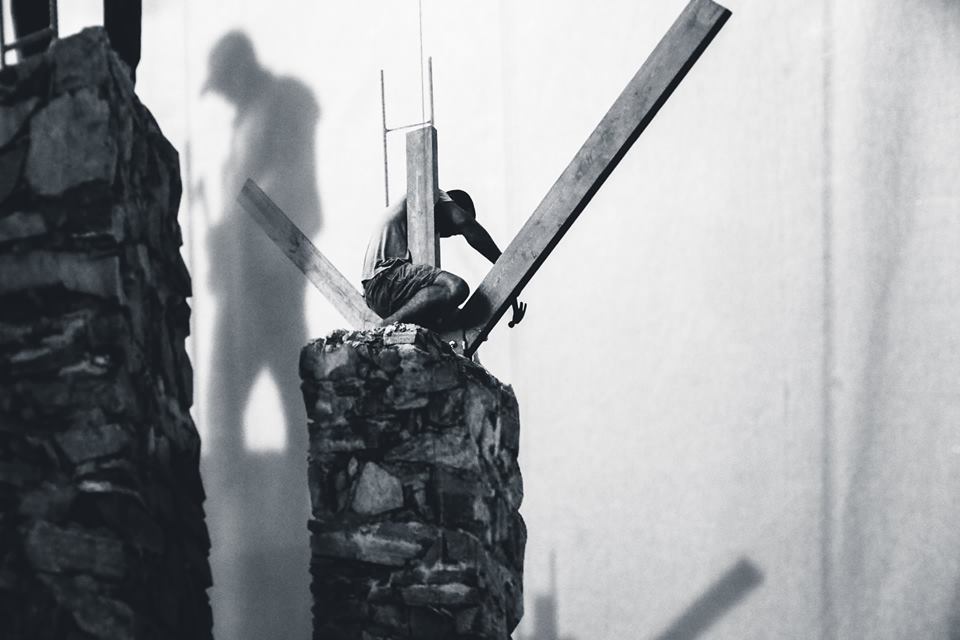 The stories inside the pavilion reveal how architecture is actively creating change in communities. Nowhere are these confrontations more evident than in the urban context, and nowhere more so than in Egyptian cities. Since the 2011 uprising, the public spaces of Cairo were spaces where opposing visions met and clashed. Informal neighborhoods, long neglected and frustrated from their lack of agency and access to public services, were the stages where the oppressed tried to reclaim their voice in the city. In this context, urban space became not just a backdrop but an instrumental foreground and an actor in the continuous and dynamic processes of change.
The stories inside the pavilion reveal how architecture is actively creating change in communities. Nowhere are these confrontations more evident than in the urban context, and nowhere more so than in Egyptian cities. Since the 2011 uprising, the public spaces of Cairo were spaces where opposing visions met and clashed. Informal neighborhoods, long neglected and frustrated from their lack of agency and access to public services, were the stages where the oppressed tried to reclaim their voice in the city. In this context, urban space became not just a backdrop but an instrumental foreground and an actor in the continuous and dynamic processes of change.
The pavilion’s goal is to re-frame and position in a global forum what we think are examples of a successful architectural and urban conflict resolution where architects, through their work, were the mediators of change. This mediation took the form of built projects, or even research proposals & mappings that attempted to highlight existing problems. This exhibition is therefore about these real transformations that were the fruit of a collective labor to perceive, translate and be a positive force in society. The contribution of the Egyptian pavilion’s exhibition can be read in tandem with the catalogue publication and an online platform which was designed. Together, the exhibition, catalogue and the online platform are extensions & complements of the Biennale itself, and are crucial elements working together to share the stories and experiences of those who are reporting from the front to a wider audience.
Interdisciplinary collective Traslochi Emotivi contributed to Egypt Pavilion for the XV. Architecture Biennale in Venice, with PAGe project , a publishing adventure based on coincidences, printed on A3 size paper. These A3 size PAGes preserve the origin of an encounter between unknowns. Like on a boat, like at the customs, the pavilion entrance, has been transformed into a Free Access Point, where the public is invited to be involved into a No-Identity Territorial border. All the rules that connect the Giardini of the Biennale and “Egypt”, as a territory, has been abolished.
All the “ frames” live at the same time in a big “white cube” of papers, where the net over our heads, contains the memory of something that is just happened. Paper becomes history, becomes a new point of view, a new document without a name, only a new chance. The connection between immigrations and new cultures living together, starting from the origin, from a “white paper” that a person stamping all the time in front of you, and you are free to take it or leave it there. “Visitors”, “Mystic jungle”, “ Traslochi Emotivi”, “Reframing Back // Imperative Confrontation, here the words stamped on these white A4 papers, that talks about our being migrants in a different way, where “Reframing Back” is a source for our future, for an architecture of human life.
Photo credit Michela di Savino, Morgane Quere
Egyptian Pavilion,
Venice Biennale of Architecture 2016
rb-ic.org
www.labiennale.org/en/architecture

